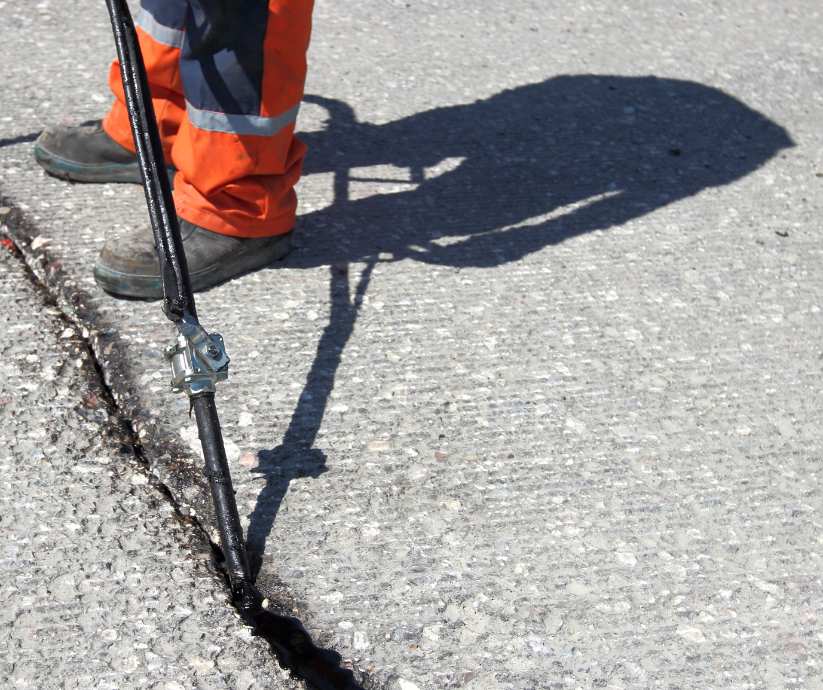What is the difference between crack sealing and crack filling?
Cracked asphalt pavement not only detracts from the appearance of your property but it also poses a safety hazard to pedestrians who may trip on the uneven surface. Addressing these cracks in a timely manner is essential to prevent further damage and prolong the pavement’s lifespan.
Two standard methods for treating cracks are crack filling and crack sealing. Choosing the appropriate method depends on climate, crack severity, and whether the crack is expanding. In this article, we will explore both methods in detail and discuss when to choose one over the other.
Crack Filling: A Temporary Solution
Crack filling is a more affordable and short-term solution for repairing cracks in asphalt pavement. This method is best suited for climates with fewer temperature fluctuations, as the materials used for crack filling are less able to withstand significant expansion and contraction. Common materials for crack filling include liquid asphalt, asphalt emulsion, and cutbacks.
When to Choose Crack Filling
Crack filling is typically used for cracks that are not expanding or at risk of expanding. This method is considered a temporary fix that can buy you some time before a more permanent solution is needed. If the crack is relatively shallow and narrow, the crack filling might be an appropriate solution. However, this depends on the climate, as more dramatic temperature changes can cause the crack to expand and require additional maintenance. It is important to note that crack filling may need to be repeated frequently, as it typically only offers one or two seasons of effectiveness.
